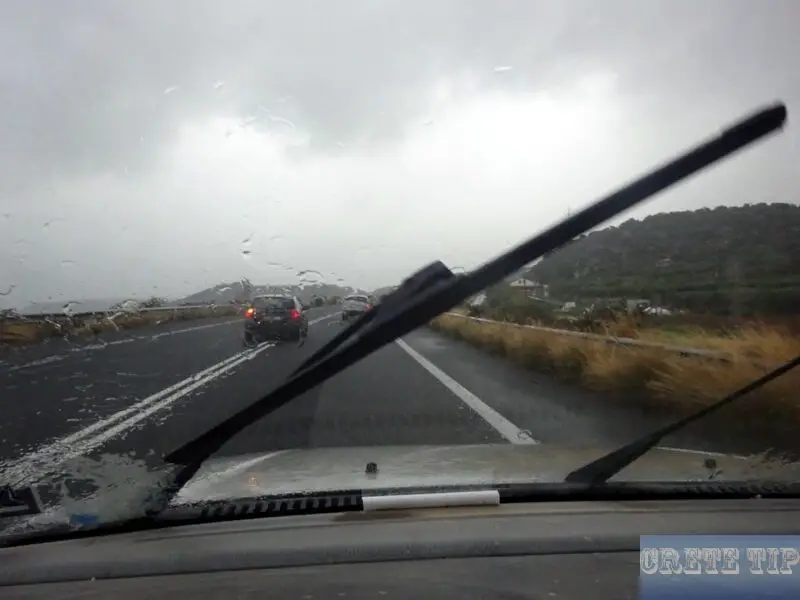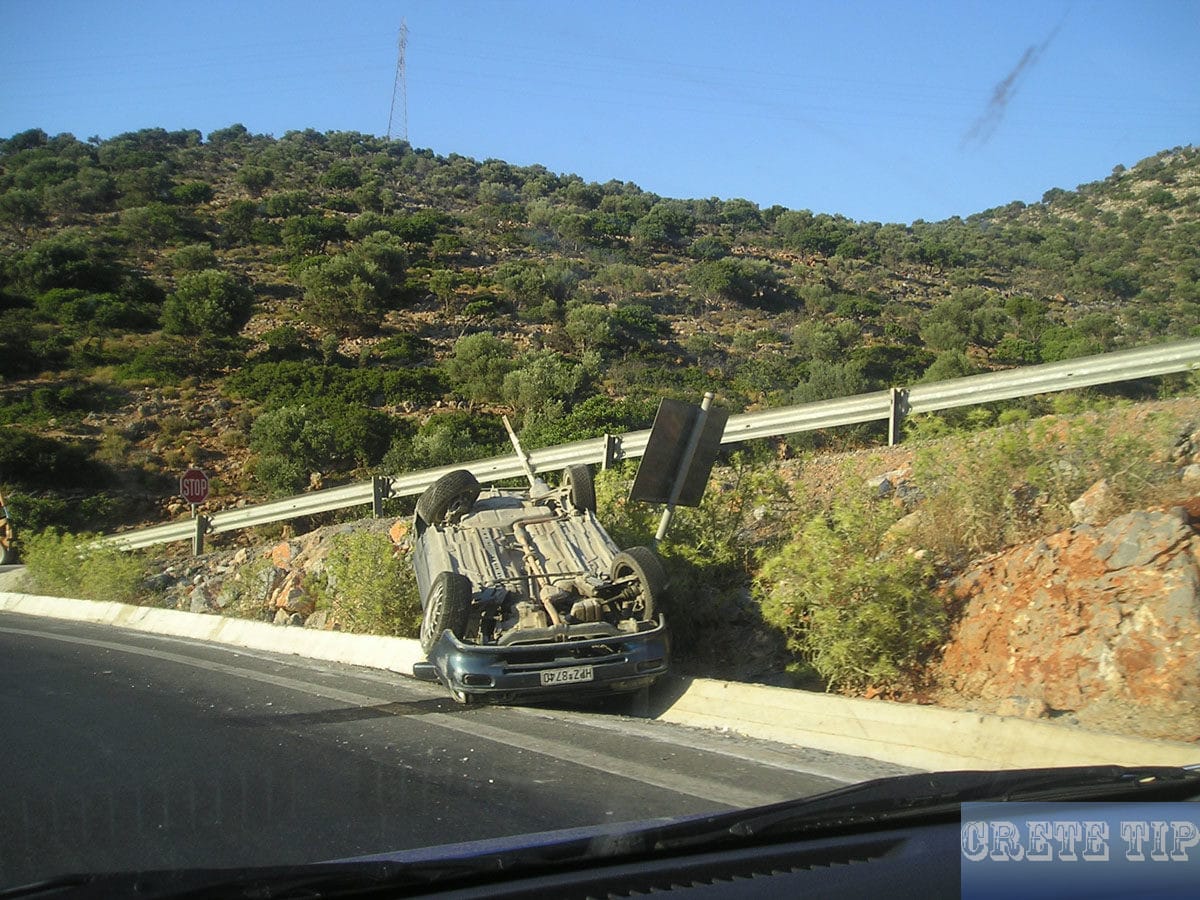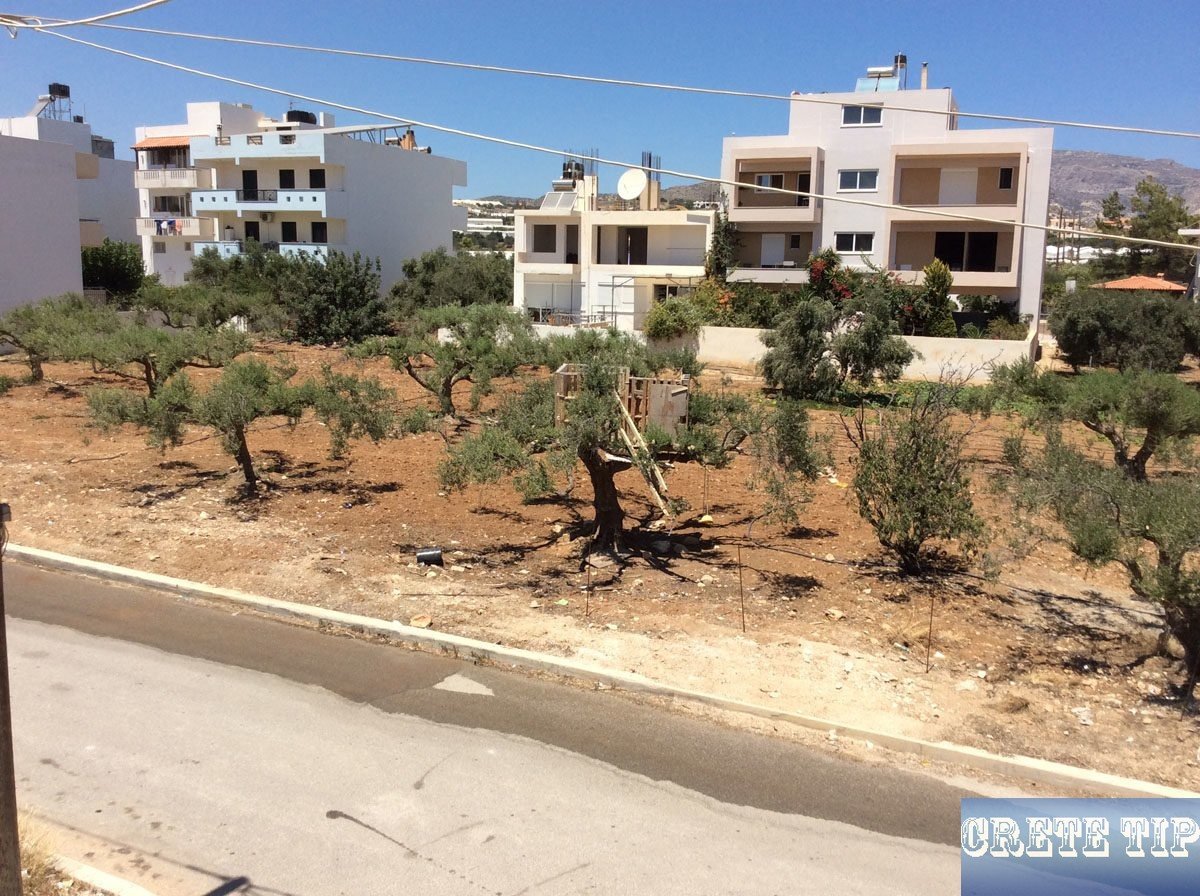Crete’s macabre record for road deaths: Leading the Way in Greece and Third in Europe.

Crete’s macabre record for road deaths: Leading the Way in Greece and Third in Europe
Table of Contents
The alarming number of fatalities resulting from road traffic accidents in Crete highlights a significant safety concern. In 2024, the situation became particularly dire, and as 2025 commenced, the troubling trend continued with two fatalities already reported.
According to the President of the ‘Hellenic Association for the Prevention of Road Accidents’, Giannis Lionakis, the regions of Rethymno and Chania rank among the most dangerous in Europe in terms of fatal road accidents. Specifically, Crete stands as the third highest in Europe and first in Greece for traffic deaths.
Fatalities Breakdown
From the total of 64 lives lost on the roads, the distribution of fatalities across the regions is as follows:
Among the 64 deceased drivers, a striking 30 were motorcyclists. Remarkably, only two of these individuals were wearing helmets at the time of their accidents.
The age statistics of the victims reveal concerning trends:
- Under 35 years: 24 fatalities
- Under 24 years: 18 fatalities
- Under 17 years: 3 fatalities
The primary factors contributing to these tragic outcomes include excessive speed, driving under the influence of alcohol, and the failure to wear helmets.
Victim Ratios
The ratio of road traffic fatalities per million inhabitants serves to underline the gravity of the situation in Crete:
- Rethymno: 156 fatalities per million
- Chania: 148 fatalities per million
- Heraklion: 69 fatalities per million
- Lasithi: 64 fatalities per million
This alarming data not only highlights the pressing need for enhanced road safety measures but also underscores the urgency of addressing the underlying issues contributing to such high rates of traffic-related deaths.
As the year 2025 began, the unfortunate trend continued, with two individuals tragically losing their lives in separate incidents. A 22-year-old in Chania and a 73-year-old in Heraklion represent the early losses of the year, reiterating the need for an effective response to road safety in the region.
Action Required
Given the severity of the statistics, targeted initiatives are essential to mitigate risks and enhance safety measures on the roads. Community awareness campaigns aimed at educating drivers, particularly younger individuals, about the dangers of speeding and the necessity of wearing helmets should be prioritised.
Furthermore, stricter law enforcement regarding drinking and driving can play a pivotal role in reducing fatalities. The correlation between reckless behaviour and traffic accidents necessitates immediate action to create a safer environment for all road users.
The current data should serve as a wake-up call for local authorities and public health officials. They must collaborate to develop and implement comprehensive strategies that address the factors contributing to these fatal accidents.
Public Awareness and Education
It is crucial to foster a culture of safety among road users. Education campaigns that focus on the following aspects can be beneficial:
- The Importance of Wearing Helmets: Emphasising that riding without a helmet significantly increases the risk of severe injury or death in the event of an accident.
- Understanding Speed Limits: Reinforcing the dangers associated with speeding and its role in many of the accidents reported.
- Effects of Alcohol on Driving: Educating the public on the consequences of driving under the influence and the potential repercussions not only for themselves but for others on the road.
Collaboration for Improvement
Engaging various stakeholders within the community, including schools, local businesses, and organisations, can help amplify these educational messages. The collective effort can establish a shared responsibility for promoting road safety.
Partnerships with organisations dedicated to road safety can also strengthen these efforts. By pooling resources, communities can enhance their capabilities to create impactful campaigns and initiatives focused on reducing road fatalities.
Local government and law enforcement must monitor accident hotspots to implement targeted interventions, such as increased patrols or the installation of speed cameras. Creating safer infrastructure, including well-maintained roads and adequate signage, is equally vital.
Frequently Asked Questions

What are the main reasons for deadly traffic accidents in Crete?
The leading causes of fatal road accidents in Crete include speeding, driving under the influence of alcohol or drugs, and lack of seatbelt usage. Additionally, the mountainous terrain and narrow roads can contribute to higher accident rates. Poor weather conditions may also play a role in some incidents.
What measures have been taken in Crete to reduce traffic deaths?
Crete has launched several initiatives aimed at improving road safety. These include increased police presence, public awareness campaigns, and the installation of better road signage. Enhanced enforcement of traffic laws, particularly those related to speeding and driving under the influence, has also been implemented.
How have recent years seen changes in traffic safety policies in Crete?
Traffic safety policies in Crete have evolved with a focus on technology and data analysis. Authorities have begun using advanced traffic monitoring systems to track accidents and identify problem areas. This data-driven approach allows for targeted interventions, improving overall road safety.



